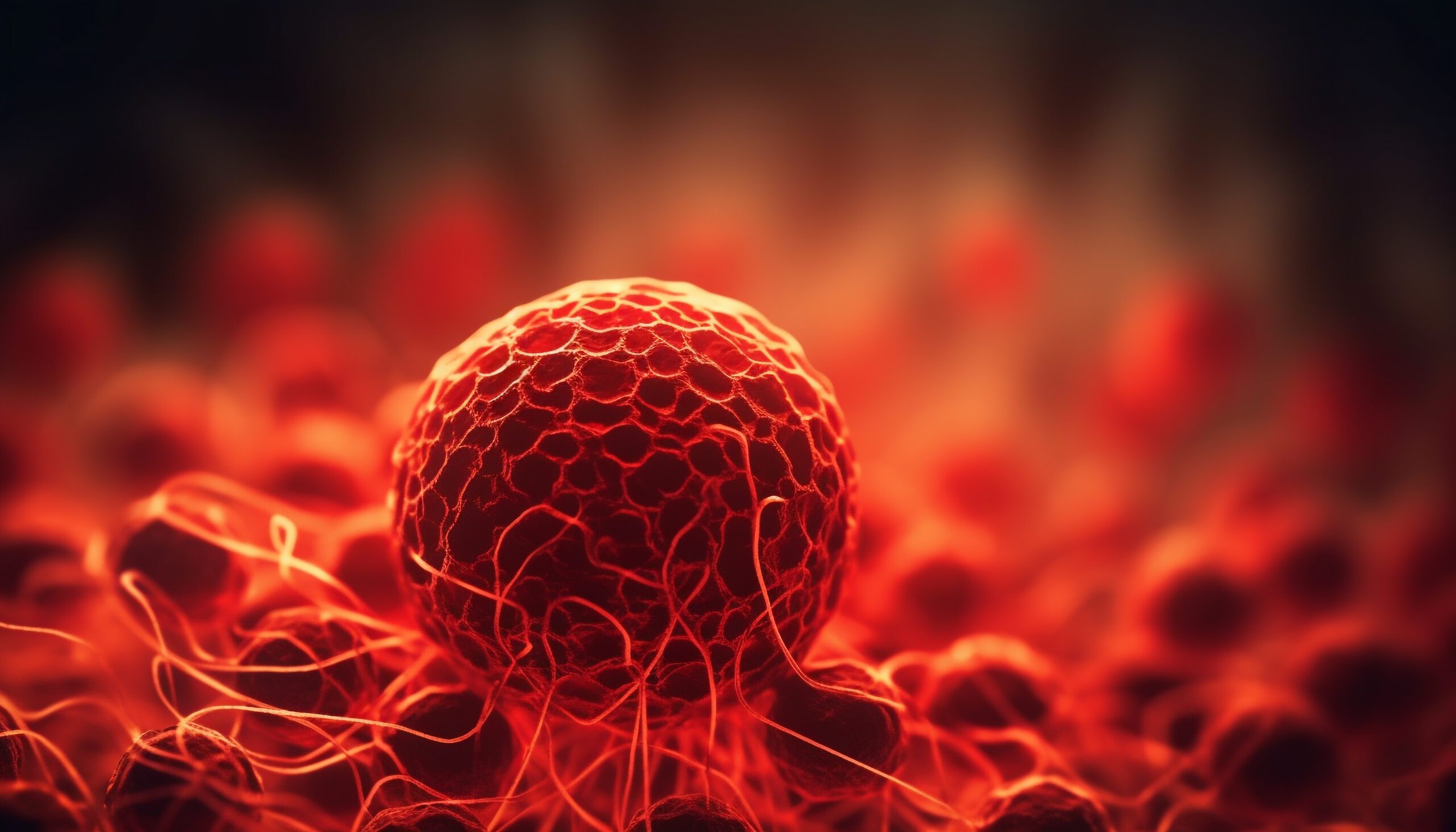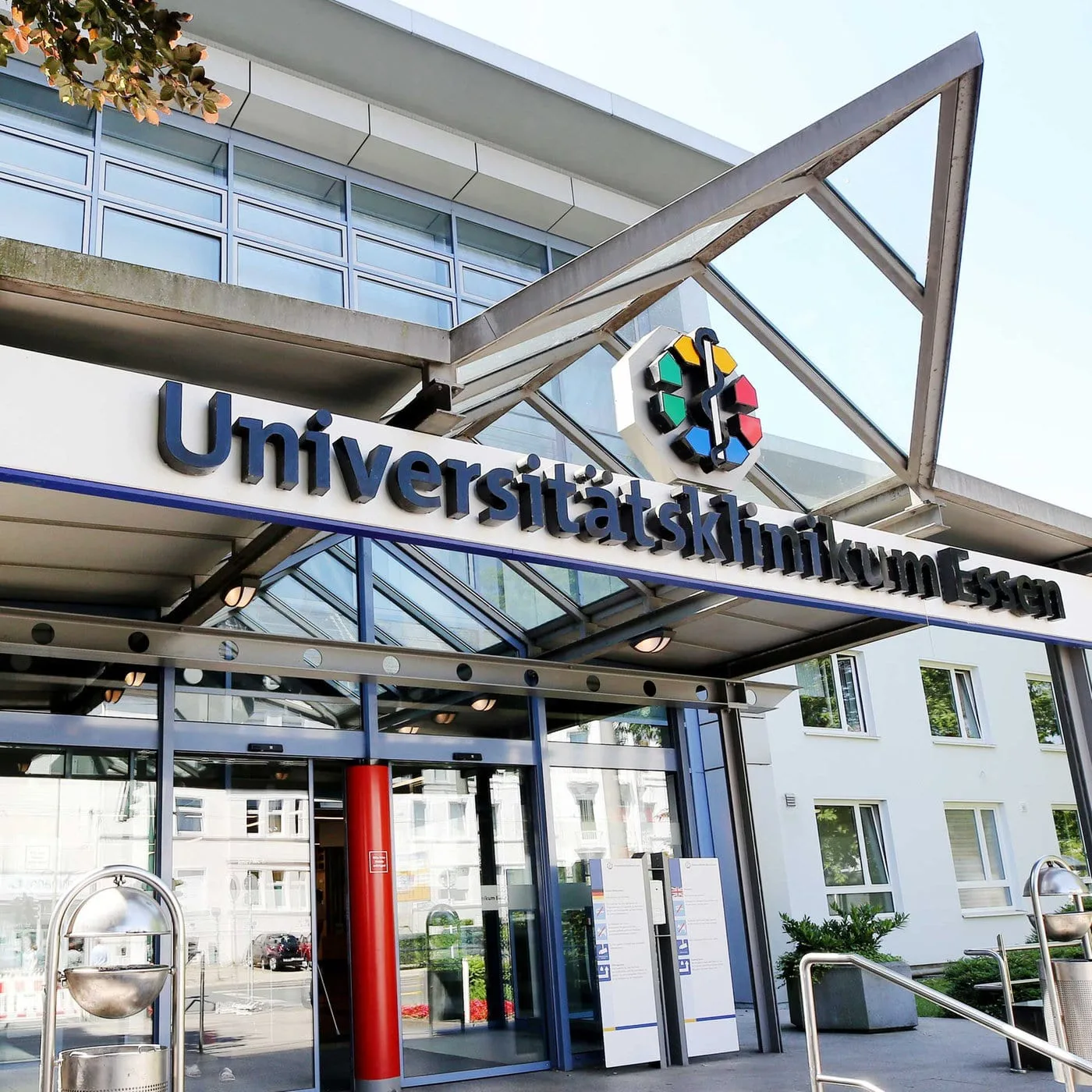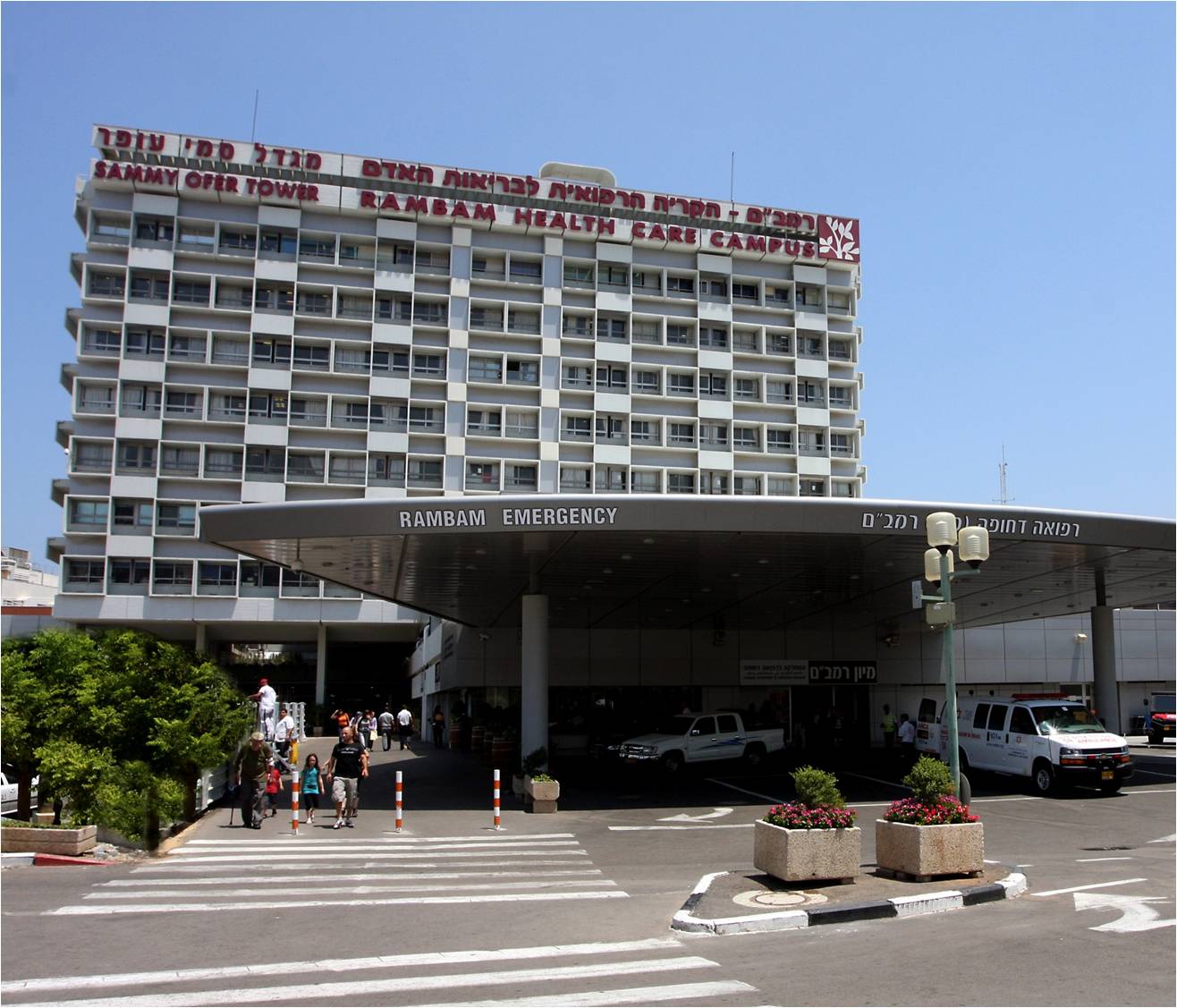Among modern types of radiotherapy, few techniques rival the ultra-calibrated targeting prowess of proton therapy for cancer. In contrast to traditional radiation therapy, which exposes wide areas of tissue to high-energy photon bursts, proton treatment takes a more targeted approach. It uses positively charged subatomic particles, delivered with laser-like precision, to strike tumors based on their density, size, and location. This anatomical precision spares crucial neighboring regions and drastically reduces unintended tissue insult. What makes proton beams unique?
Proton modalities don’t merely differ in content – they diverge in mechanics. As protons slow down, they release most of their energy exactly at the point where they stop. This is known as the Bragg peak. This facilitates a sharply-contained dose within the lesion itself while minimizing spillover beyond tumor edges.
Strategic Advantages
- Perfect for zones with intricate structures – optic tracts, neurological hubs, juvenile tissues.
- Safeguards vulnerable sites where photon dispersion might endanger surrounding areas.
- Narrow, geometry-molded beams sculpted to match irregular tumor margins with sub millimetric fidelity .
Distinctive Advantages of Proton Therapy
- Protection of surrounding tissues – profound dose drop-off outside malignant boundaries.
- Minimal load on the entire body – especially suitable for children, elderly and sensitive patients.
- Fast recovery due to reduced systemic load.
- Preservation of cognitive functions in tumors located near the brain.
- Long-term remissions and fewer sessions.
- Possibility of adaptation to complex anatomical forms and deep-seated tumors.
Comparing Side Effects of Radiation Therapy
While every form of radiation therapy bears some level of hazard, the side effects of radiation therapy differ vastly based on technique. Conventional photon-based irradiation often listed below.
- Fatigue and physical depletion.
- Gastrointestinal distress (e.g., retching, appetite loss).
- Organ impairment under direct exposure.
- Dermal charring or localized overheating.
- Mental cloudiness and concentration decline.
- Hematopoietic tissue inflammation, including marrow flare-ups.
Conversely, proton-based delivery significantly reduces damage to healthy tissues outside the tumor. This leads to fewer hormonal disruptions and less impact on cognitive function. For young patients, it also means a lower risk of developmental delays.
Where Proton Therapy Excels Most
This modality thrives in diagnoses requiring surgical-level precision.
- Pediatric cancers where organ conservation is essential.
- Neoplasms adjacent to spinal axis, midbrain, visual nerves.
- Post-relapse scenarios needing refined secondary intervention.
- Tumors with high susceptibility to photon misfire or scatter refraction
- Multi-angled zones demanding near-micrometric accuracy.
Proton Therapy Effectiveness: Clinical Insights
Recent studies underscore strong proton therapy effectiveness across diverse tumor presentations. In localized cancers, plans reveal superior outcomes.
- Decreased recurrence probability.
- Sustained organ vitality post-therapy.
- Lower likelihood of repeat intervention.
- Cognitive benefits in young patient cohorts.
- Competitive – often superior – results compared to IMRT and other advanced types of radiotherapy.
Reach out through our platform, and we’ll link you directly with the most suitable cancer care expert for your case. Our global network features leading oncology centers, ensuring you receive expert-guided support tailored to your needs.
Shenzhen Genoimmune Medical Institute (GIMI)
The Shenzhen Geno-Immune Medical Institute (GIMI) stands at the forefront of gene and immune cell therapy, pioneering innovative solutions beyond FDA-approved CAR-T treatments. Led by renowned expert Prof. Lung-Ji Chang, inventor of the widely-adopted lentiviral vector system, GIMI has delivered effective treatments for over 1,000 cancer cases with cutting-edge 4th generation CAR-T technologies.
How does proton therapy combat cancer?
It channels ion-loaded particles at high speeds directly into malignant cells, inciting DNA disruption and growth inhibition, with minimized damage to nearby tissue structures.
Which performs better: chemotherapy or proton therapy?
They serve distinct functions. Chemotherapy affects systemic biology, while proton delivery is hyper-local. In hybrid plans, chemo weakens tumor fortitude, and radiation therapy – often proton-based – delivers the final blow.
What’s the success rate for proton therapy?
Varies by diagnosis. In eye and prostate malignancies, disease control exceeds 90%. Pediatric brain cancers demonstrate excellent response. Efficacy declines in highly metastatic or late-diagnosed conditions.
Are there disadvantages to proton therapy?
Yes. Drawbacks include next-described.
- Expensive, high-tech machinery.
- Limited treatment centers globally.
- Less efficient for advanced, metastasized diseases.
- Technically intensive with complex logistics and equipment coordination.
How costly is proton therapy?
Costs fluctuate – anywhere from $30,000 to over $100,000 depending on case complexity, geography, and session count. Insurance reimbursement is improving, though not uniform across regions.
When is proton therapy unsuitable?
- Cancers spread across multiple organ systems.
- In hematologic malignancies that are better treated with systemic agents.
- Patients without access to specialized proton-capable facilities.












